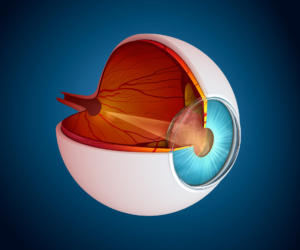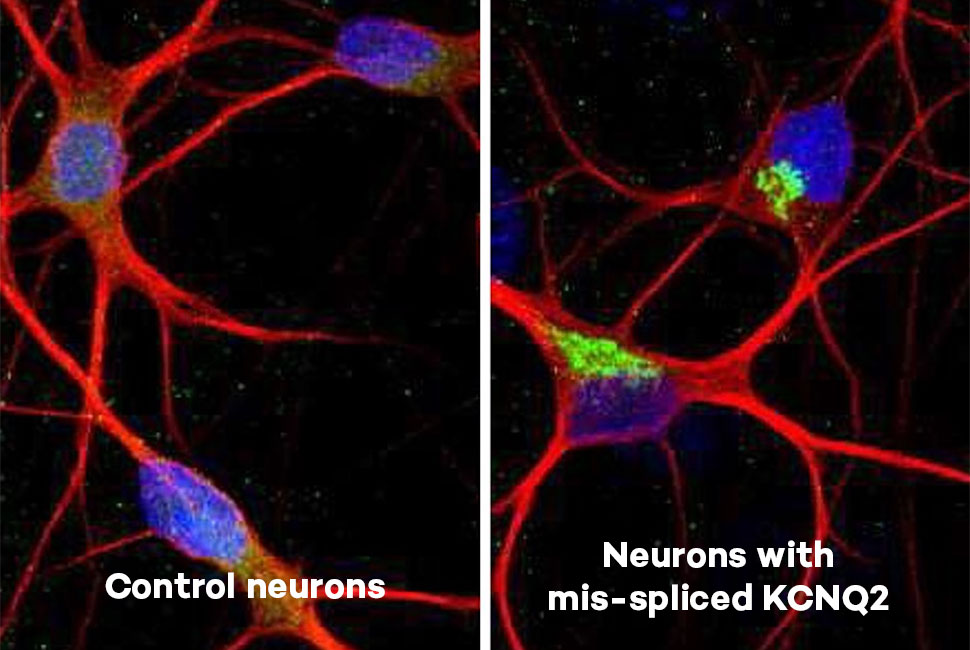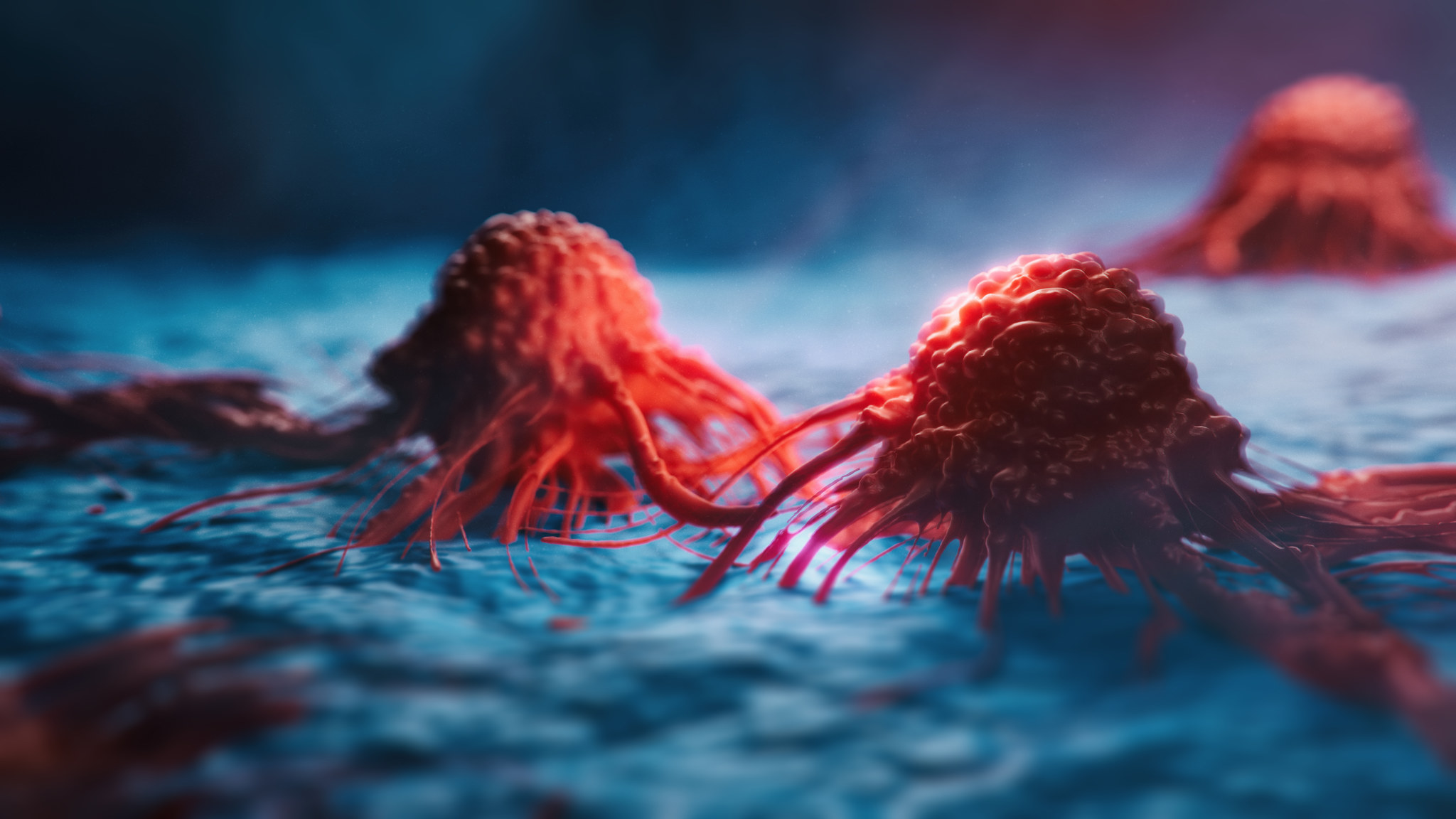
Newly formed blood vessels may be cracks in the barrier between the bloodstream and the eye, according to a Northwestern Medicine study published in the Proceedings of the National Academy of Sciences.
A novel experiment led by Jing Jin, MD, PhD, assistant professor of Medicine in the Department of Nephrology and Hypertension and senior author of the study, found that blood proteins linked to macular degeneration crossed the blood-ocular barrier of new blood vessels in mouse models.
“Newly formed blood vessels are involved in a number of human eye diseases,” Jin said. “Our method characterizes the protein basis for that barrier permeability.”
Some proteins can regularly cross the blood-ocular barrier, but others are prevented from entering the eye. This selective protein permeability is a feature of several other barriers across the body, including the blood-brain barrier and blood-placental barrier.
Jeffrey Savas, PhD, assistant professor of Neurology in the Division of Behavioral Neurology and a co-author of the study, sparked the current investigation when he devised a method to mark mouse models’ proteins with nitrogen-15, a nitrogen isotope slightly heavier than normal nitrogen.
In Savas’ technique, mice are fed a diet containing nitrogen-15 and without normal nitrogen for three months, during which time the mice incorporate nitrogen-15 to make proteins. These “heavy” proteins are detectable by mass spectrometer, an instrument that detects molecules by weight.

In the current study, Jin and his colleagues drew blood from nitrogen-15 mice and injected it into normal mice with one of two eyes induced for new blood vessel growth. Within hours, Jin detected nitrogen-15-labeled proteins in both eyes, but only the induced eye let through certain immune suppressor proteins linked to age-related macular degeneration.
“These new vessels are different when compared to older or more typical vessels in the eye,” Jin said. “There are some pathological consequences associated with this.”
In the future, Jin hopes to explore these differences through a collaboration with Susan Quaggin, MD, chief of Nephrology and Hypertension in the Department of Medicine, director of the Feinberg Cardiovascular and Renal Research Institute and co-author of the study. Quaggin’s laboratory has designed a number of mouse models with genetic eye disease, which may respond differently to Jin’s permeability experiments when compared to the injury-induced mouse models.
In addition, Jin is interested in selective permeability in other barriers, including the blood-brain barrier and kidney filtration barrier.
“In kidney disease, problems associated with its barrier functions cause blood proteins to leak into the urine,” Jin said. “We already know the difference between normal kidney filtration and disease-associated filtration, but now we want to know if there are intermediate steps.”
Pan Liu, PhD, postdoctoral fellow, was the lead author on the study, and other Northwestern co-authors include Benjamin Thomson, PhD, research associate and Natalia Khalatyan, research staff at the Simpson Querrey Center for Epigenetics.
Savas is also an assistant professor of Medicine and of Pharmacology and Quaggin is also the Charles H. Mayo, MD, Professor.
This work was supported by the National Institutes of Health grants R01 EY026286, R00 DC013805 and R01 EY025799.






